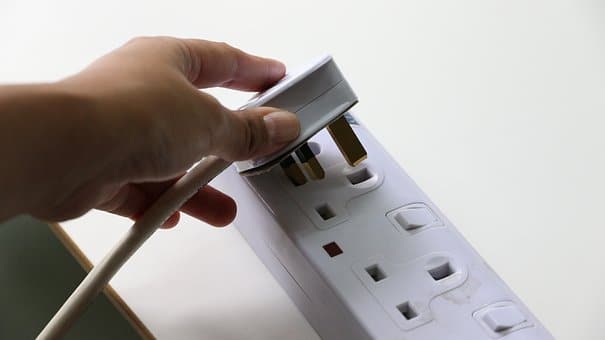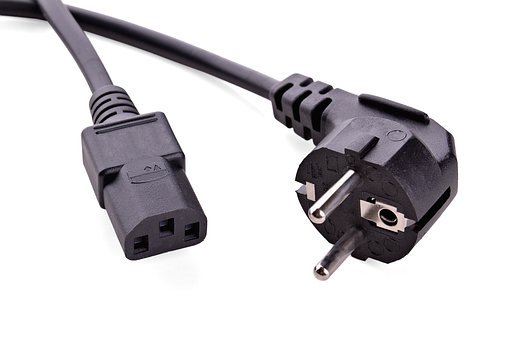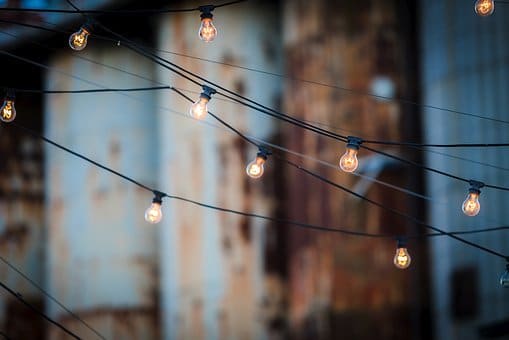5 Most Important Types Of Power Cords for your Home
Power cords are one of the essential components in a modern house full of gadgets. Nowadays, we have so many electronic gadgets that the sockets provided are never enough. A power cord is a cable with a plug and a connector pin and brings electric supply to the device from the socket or extension cord. Power cords can carry both AC and DC currents. Most of the outlets in homes and offices have AC supply. Devices requiring direct current have an adapter as part of their power cable. Though all wires might seem similar except for the external color, it is essential to know the different types of power cords that we commonly use in our households.

DC Power cords at your home:
Power banks, batteries, etc. can give DC output. USB ports in your laptop or car need DC supply, and the USB cord carries direct current. Nowadays, electronic devices tend to have similar ports, and you can use the same power cord for connecting or charging different devices. Before doing so, one must check that the rated current and voltage are not higher than that of the cord. The different types of DC cords are based on specifications like the length of the cable, insulating material used, and the power ratings. It is the AC power cords that come in different varieties based on protection standards, cable type, prong types, etc.
NEMA Power cords:
NEMA stands for National Electrical Manufacturers Association. NEMA power cord is the most common type of cable used in North America. These cables have two major subdivisions as ungrounded and grounded wires. The ungrounded cables have a plug with two prongs or blades. The grounded one has two blades and a ground pin. Appliances such as washing machines, refrigerators, microwave ovens, etc., require the Earthing connection and tend to have three-prong power cables. They draw more current and need more protection. For household purposes, NEMA provides straight blade connectors. The locking type connector is for industrial use where a highly secure connection is a prerequisite. There are different types of NEMA cables based on the voltage and current rating. The power cord can have a receptacle or a plug. For example, NEMA 5-15 R refers to the cord with a receptacle, and it could handle currents in the range of 5 to 15 Amps. Similarly, in 6-20P: the symbol P is for the plug. Also, based on the connector type, we have different categories like C7, C5, C13, etc.

IEC Cables:
IEC represents the International Electrotechnical Commission. The organization was established as early as 1906, and it is responsible for setting standards for electrical and electronic devices. IEC320 power cords are the latest standard to be accepted all over the world. The plugging side of the cord can differ from one country to another, but the IEC ensures that the connectors are similar and specific only to the device concerned. For example, C13 is for devices like personal computers, televisions, and C19 for data server machines, etc. The amperage of these cords can differ from one country to another.
AWG power cords:
The AWG (American Wire Gauge) number denotes the standard size of household electric wiring and appliance cords such as that of telephones and computers. The AWG number determines the current carrying capacity and efficiency of electric transmission. Lower Gauge numbers imply the cable will be thicker, and it can carry current for longer distances. Also, the cords with lower gauge number can withstand current of higher amperage.
The AWG power cords are mainly classified as stranded and solid types. For home wiring, the solid type is best. The stranded cable consists of thin fibers and offers more flexibility and durability. It is the best choice for wiring in machine tools, automobiles, aircraft, etc. Here if one fiber breaks, the others continue to transmit power, and there is no abrupt stopping of the machine or the vehicle concerned.
The AWG universal cords can be connected to laptops, scanners, music systems in your car, and can also act as extension cables. They come in different lengths and gauge size.
Outdoor power cords:
At times, we need to use electrical devices outside our house. For example, you might want to vacuum clean the car, use an electric lawnmower, or light up your roof and garden for a festive occasion. You cannot have power sockets everywhere, at least not in the garden. Thus, you need to use the extension power cord. But for outdoor purposes, the cords used should have special properties such as the ability to withstand weather elements, higher insulation and safety features, ability to transmit power to a longer distance, etc. So, the power cord used inside the house should never be used for an outdoor electric requirement. The thick yellow or orange power cords connected to a GFCI outlet can keep all your power-dependent outdoor activities hazard-free, be it for simple leaf blowing or backyard barbecue parties.

Power cords, as the name suggests, are for carrying electric current. You should be very careful and should not accidentally pull or cut them. You might come in contact with a live wire and even face electrocution. Similarly, one should not buy unofficial and uncertified products such as the charger or even power cable. They may not withstand electric surges and could explode. Therefore, it is necessary to stay safe and be aware of the standard precautionary measures.
Furnace Repair
At Ac repair Toronto, we don’t want to only create a good first impression. What we want you to have a lasting GREAT impression of us … the kind where once the Toronto or furnace or Ac installation Toronto is completed, you are left thinking “these people are so professional and nice and it was so great to have had them work in my home.” Our greatest desire is that you feel fantastic about your entire experience with us from start to finish.
